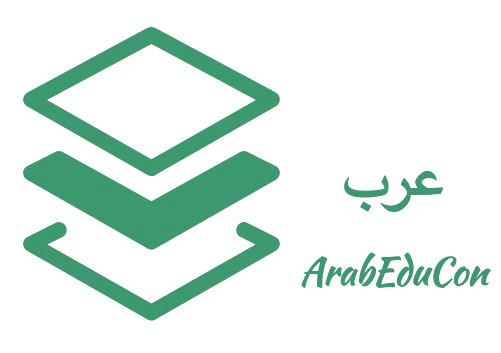Enhancing Arabic Language Development: Strategies for Educators
Introduction to Arabic Language Development
The Arabic language, with its rich history and cultural significance, presents both exciting opportunities and unique challenges for educators. As globalization increases the demand for multilingual skills, enhancing Arabic language development in educational settings has become increasingly important. In this blog post, we will explore effective strategies that educators can employ to foster Arabic language skills among students.
Whether teaching native speakers or introducing Arabic as a second language, understanding the intricacies of its phonetics, script, and grammar is crucial. By leveraging innovative teaching techniques and resources, educators can create an engaging and effective learning environment for students.

Understanding the Basics of Arabic
Arabic is a Semitic language known for its complex grammar and script. Its unique features, such as root-based word formation and dual-number grammatical forms, can be challenging for learners. However, with the right instructional methods, educators can simplify these complexities.
One effective strategy is to focus on phonological awareness. This involves teaching students to recognize and produce distinct Arabic sounds, which differ significantly from those in other languages. Integrating audio-visual aids can help students familiarize themselves with the sounds and rhythms of Arabic.
Using Interactive Tools and Resources
Incorporating technology into language instruction can enhance student engagement and facilitate learning. Interactive tools such as language apps and online platforms offer diverse exercises that cater to different learning styles.
- Digital flashcards for vocabulary building
- Interactive grammar quizzes
- Virtual conversation simulations
These tools not only make learning more accessible but also allow for personalized learning experiences, enabling students to progress at their own pace.

Cultural Context in Language Learning
Understanding cultural nuances is essential in language acquisition. Educators should incorporate cultural elements into their lessons to provide students with a holistic understanding of the language. This could involve exploring traditional stories, music, and art from Arabic-speaking countries.
By connecting language lessons with cultural contexts, students can appreciate the practical use of Arabic in real-world situations. This approach enhances their listening and speaking skills while deepening their cultural awareness.
Collaborative Learning Techniques
Encouraging collaboration among students can significantly enhance language development. Group activities such as debates, role-plays, and peer teaching sessions provide opportunities for students to practice Arabic in interactive settings.
- Organize group discussions on topical issues in Arabic-speaking regions.
- Facilitate peer review sessions for written assignments.
- Encourage students to participate in Arabic language clubs or forums.

Assessing Progress and Providing Feedback
Regular assessment and constructive feedback are vital components of effective language instruction. Educators should employ a variety of assessment methods to gauge student progress, such as oral exams, written tests, and project-based evaluations.
Providing timely and specific feedback helps students understand their strengths and areas for improvement. Encouraging self-assessment can also empower students to take control of their learning journey.
By implementing these strategies, educators can significantly enhance Arabic language development among their students. With a focus on interactive learning, cultural context, collaboration, and continuous assessment, educators can create a dynamic classroom environment that fosters successful language acquisition.
